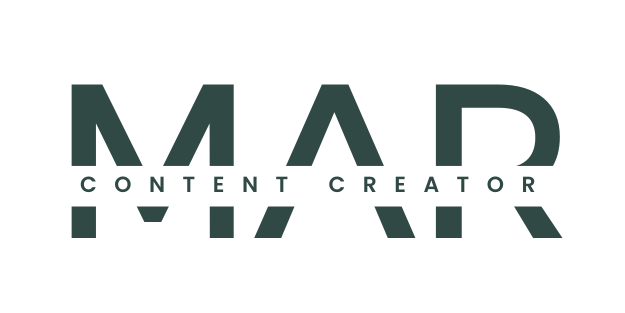What is a marketing mix?
This article explains the marketing mix, which is a set of tools and tactics used by companies to solve their market problems. The marketing mix is not just about promotion, but also includes other components such as product, price, and place. Understanding the marketing mix is important for comprehending the marketing function in a company.
Companies need to review their marketing strategies regularly because the environment changes. They divide the strategies into four directions, each with a Latin letter “P”. These are called the 4Ps of the marketing mix, and they help with implementation and control.
Key elements of the marketing mix

Product: This is what the company sells. It can be a product, a service, or a mix of related services. Part of the product in the current market is a trademark or brand. To sum up, a product is anything the consumer is willing to pay for.
Price is more than just the number you pay for a product. It’s a mix of things that decide the final price for the customer. These things can include discounts for buying in large amounts, prices being higher or lower depending on the time of year, and more.


Place (Location): This refers to the territories, wholesale warehouses, retail outlets, and other locations where the product is available for purchase. It’s not just a list of points of sale, but also includes the logistics scheme of how the product is transported to those places.
Promotion (also known as marketing communications) refers to the various tools and channels used to reach and influence consumers. It involves selecting the appropriate marketing tools, media channels, and level of impact to effectively engage the target audience.

Marketing mix tools
- Product
The product is created based on what people want to buy. It only exists if people are willing to pay for it. So, the product needs to have qualities that the target customers want.
Market offer: This is what consumers want in a product or service:
• Product line: Different versions of the product that can be updated, added to, or removed.
• Brand: A name, feelings, and ideas that help people choose from many options.
• Packaging: This communicates important information about the product to the consumer. It’s not just about how it looks, but also how easy it is to use, how environmentally friendly it is, and how it shows the company’s values.
• Supporting services: These are services that make it easier for consumers to buy the product, like delivery and installation.
• Consumer experience: How consumers feel when they use the product, like convenience, comfort, and simplicity.
• Warranty and after-sales service: The company’s responsibility for the product after it has been purchased, including customer service and support.
2. Price
As technology advances, price management becomes more challenging since companies can now set prices dynamically based on demand at any given moment. Therefore, the decision within this element of the marketing mix may not be as obvious as simply calculating the sum of the cost and markup.
Pricing is influenced by strategic objectives and can be used to increase market share, maximize profits, and more. Discounts can be motivating and should be used meaningfully by determining who, when, under what conditions, and in what amount to provide a discount. Bonus programs are similar to discounts but have a deferred character.
3. Place
If you want people to buy your product, it needs to be easy for them to find. To do this, you need to use these tools:
- Sales channels. This means deciding how your product will be sold to customers. Will it be sold in stores, online, or somewhere else?
- Representation in distribution channels. You can choose which places you want to sell your product and how much of it to sell in each place.
- Merchandising. This is about how your product looks and is presented in the stores where it is sold.
4. Promotion
Promotion is a big part of marketing. There are some tools that companies can use to talk to customers. These are:
- Advertising: paying to put a message in media. The message can be changed depending on what the company wants.
- Public relations (PR): making content that tells people about the brand. This content can be shared on social media, blogs, and other places.
- Sales promotion: using short-term discounts, bonuses, and contests to make people want to buy.
- Direct marketing: talking to customers based on who they are. This can be done online or in other ways.
These tools help companies talk to customers and make them want to buy things.

